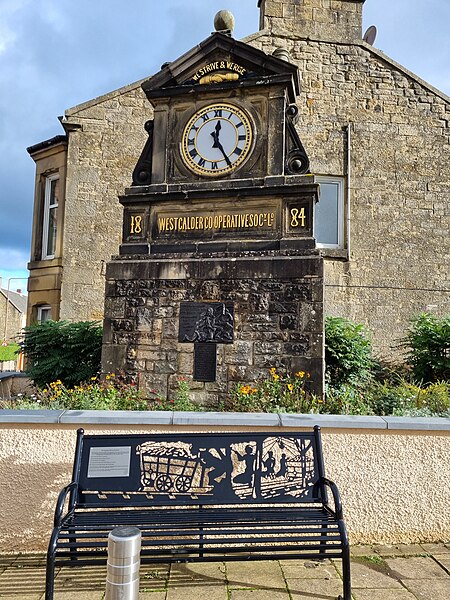Burngrange mining disaster

Burngrange is an area of the Scottish village West Calder. Situated at the far west of the village it mainly consists of housing constructed for the areas mining industry in the early 20th century. On 10 January 1947, Burngrange was witness to its worst underground mining disaster, in which 15 miners perished.Burngrange Shale Mine was situated 16 miles south-west of Edinburgh in the Parish of West Calder in the County of Westlothian. It was owned by Young's Paraffin Light & Mineral Oil Co., Ltd., which at the time was a subsidiary of Scottish Oils Ltd and was one of a group of 12 mines working the oil shales in the Counties of Midlothian and West Lothian. The Report on the causes of, and circumstances attending the Explosion and Fire which occurred at Burngrange Nos. 1 and 2 (Oil Shale) Mine, Midlothian, can be found at.David Brown was awarded the Edward Medal (later the George Cross) for his actions on the day. He was an overman at the mine.James McArthur was awarded the King’s Commendation for Brave Conduct. He was a miner who voluntarily became a member of the rescue team.
Excerpt from the Wikipedia article Burngrange mining disaster (License: CC BY-SA 3.0, Authors, Images).Burngrange mining disaster
A71,
Geographical coordinates (GPS) Address Nearby Places Show on map
Geographical coordinates (GPS)
| Latitude | Longitude |
|---|---|
| N 55.848 ° | E -3.582 ° |
Address
A71
EH55 8ER
Scotland, United Kingdom
Open on Google Maps









